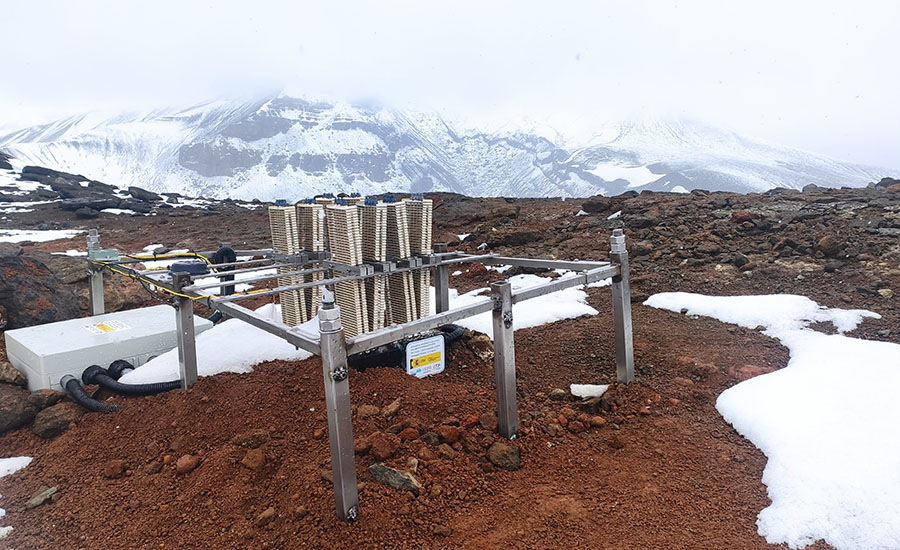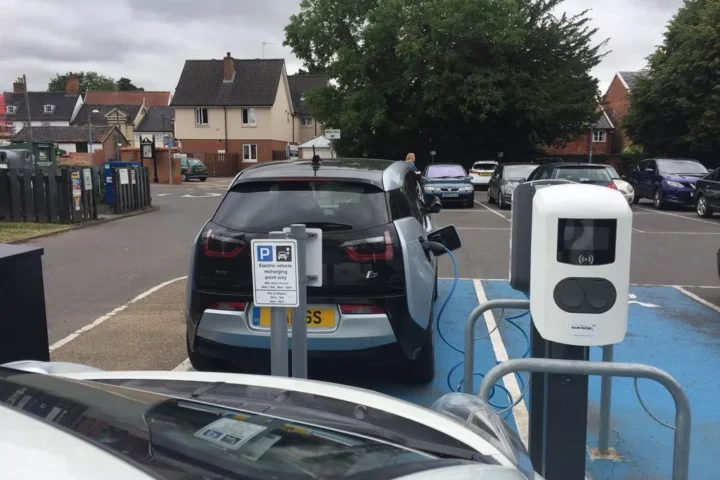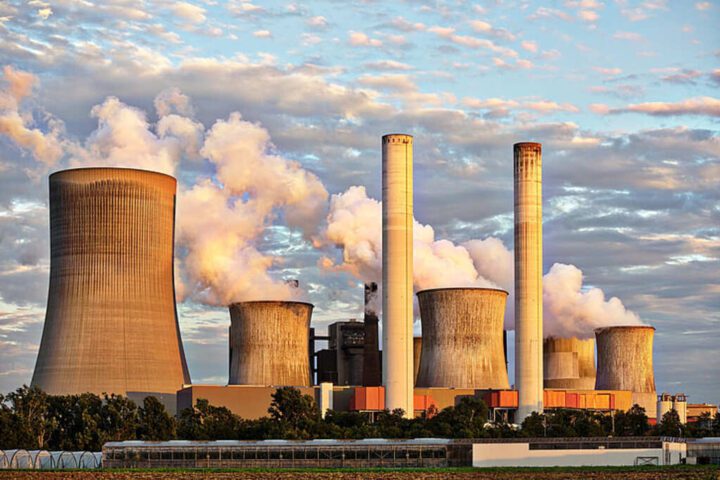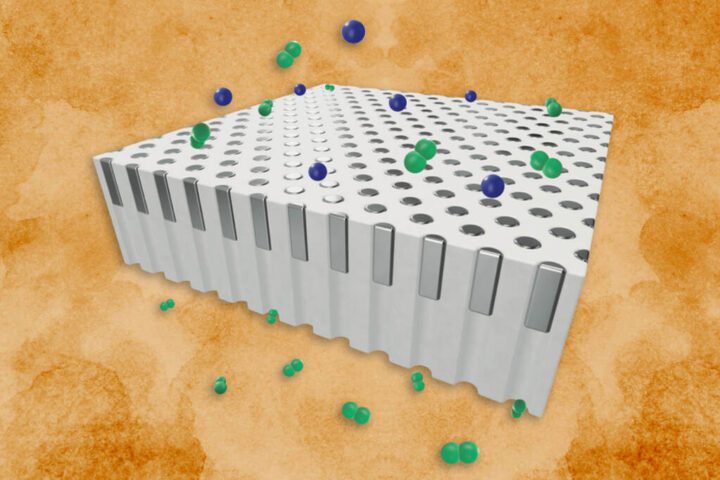A UPNA research team has invented and developed a previously unheard-of technology, based on Seebeck effect thermoelectric modules. These are capable of transforming the geothermal heat of the volcano into electrical energy. This is done by exploiting the temperature difference between the heat of the fumaroles and the cold air of Antarctica. This geothermal thermoelectric generator has been installed on Deception Island, one of the two active volcanoes in Antarctica, where several research projects related to volcanic geology are being conducted.
This milestone, achieved by the Thermal and Fluid Engineering group of the UPNA, led by Professor David Astrain, represents a significant advance for the scientific and technological community to develop a system in the future capable of predicting volcanic eruptions and thus reducing the impact on the population. This technology, which has been experimented with on Deception Island, constitutes an advance for real-time monitoring of geological and volcanic phenomena.

As per David Astrain, professor at the Public University of Navarre, it is estimated that 10% of the world’s population lives within 100 km of an active volcano; that is, with the possibility of eruption. Therefore, geological study and volcanic monitoring are extremely important to better understand these phenomena and to predict a possible eruption, reducing the potential impact on the population. He also reiterated that only 30% of the world’s active volcanoes are being monitored, according to the World Organization of Volcano Observatories. One of the main reasons for this lack is the technological challenge of supplying the energy needed to power measurement sensors and geological and vulcanological data transmission equipment, especially in remote and extreme climatological locations.

Similar Posts

Although the data obtained are promising, the research team warns that these are only the first results. In order to continue testing this new technology, more generators will be installed in the next Antarctic campaign. They have demonstrate correct functioning throughout the year in Antarctica, this technology could be extrapolated to many other volcanoes around the world, Astrain assured, adding that this will increase the safety of civilians living within 100 kilometers of an active volcano, with the possibility of eruption. This represents an unprecedented and very significant advancement in polar research.
This innovative project was carried out using thermoelectric modules capable of transforming geothermal heat into electrical energy. Astrain detailed that this technology is extremely robust, reliable, and compact, and has the great advantage of producing electrical energy continuously, and he highlighted that it is also a great way to obtain sustainable energy.


















